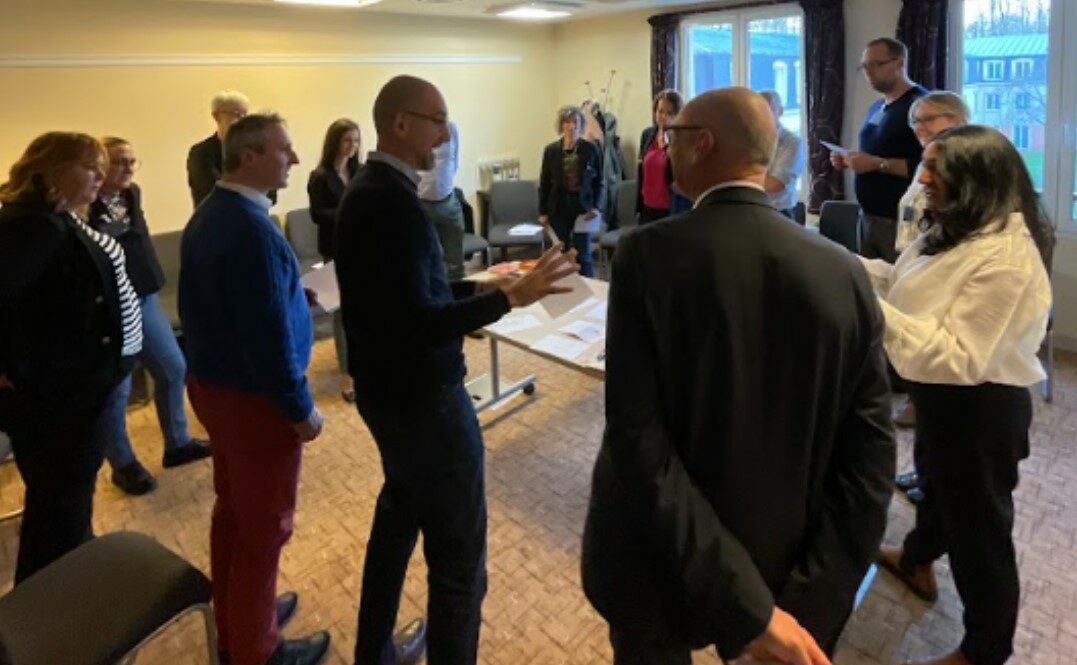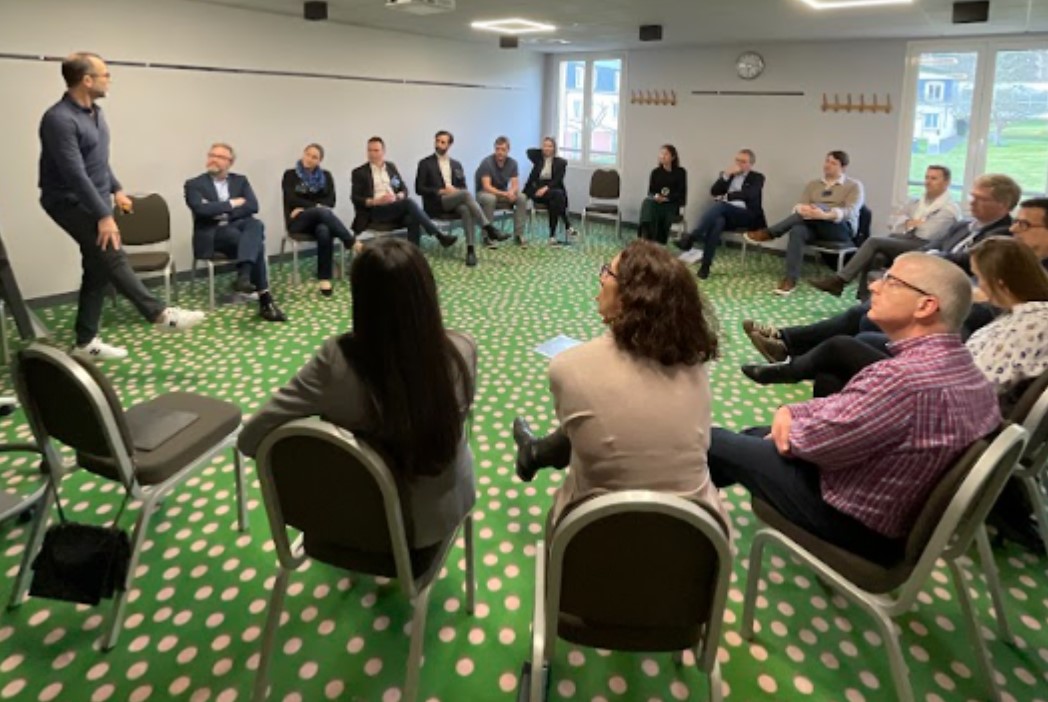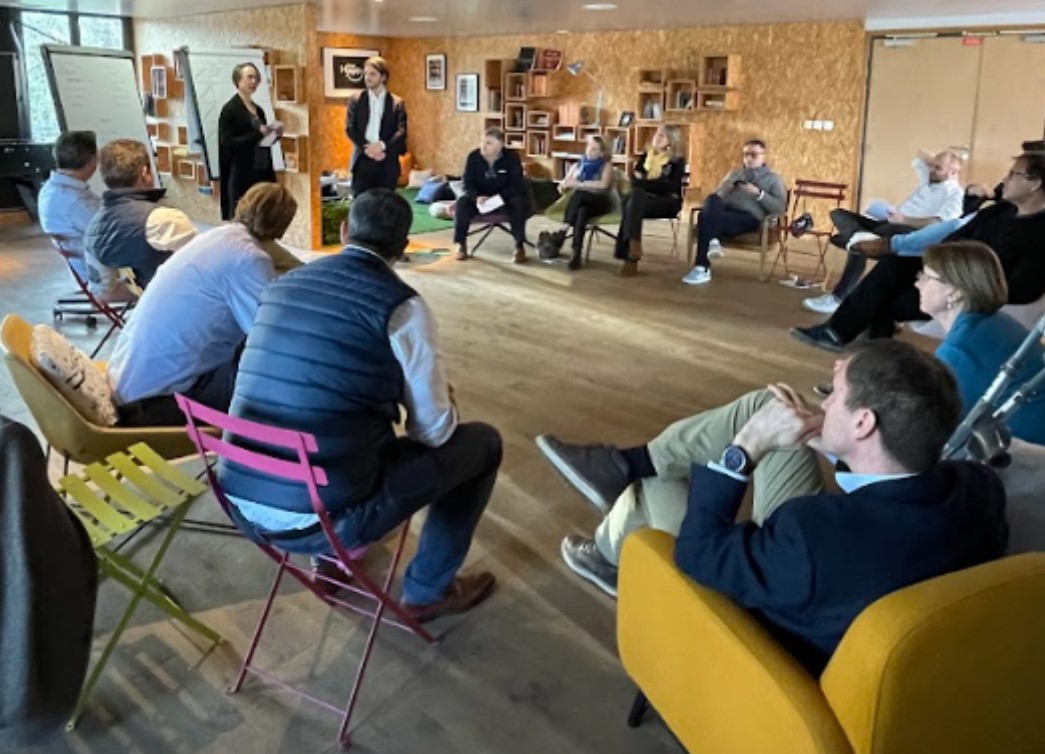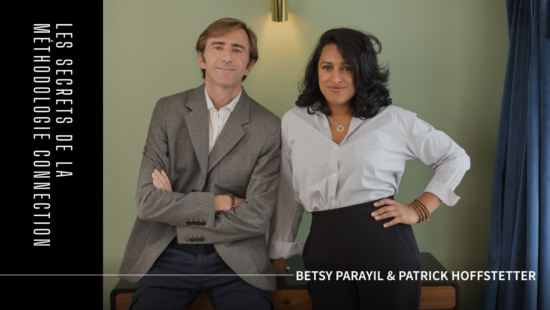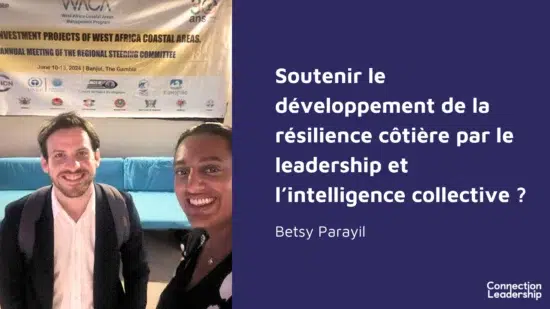
Leadership and collective intelligence for coastal resilience
The Blue Economy is now recognized as a strategic lever for combining economic development, social inclusion and preservation of the marine environment. This model, which encompasses sectors ranging from fishing to marine renewable energy,…


